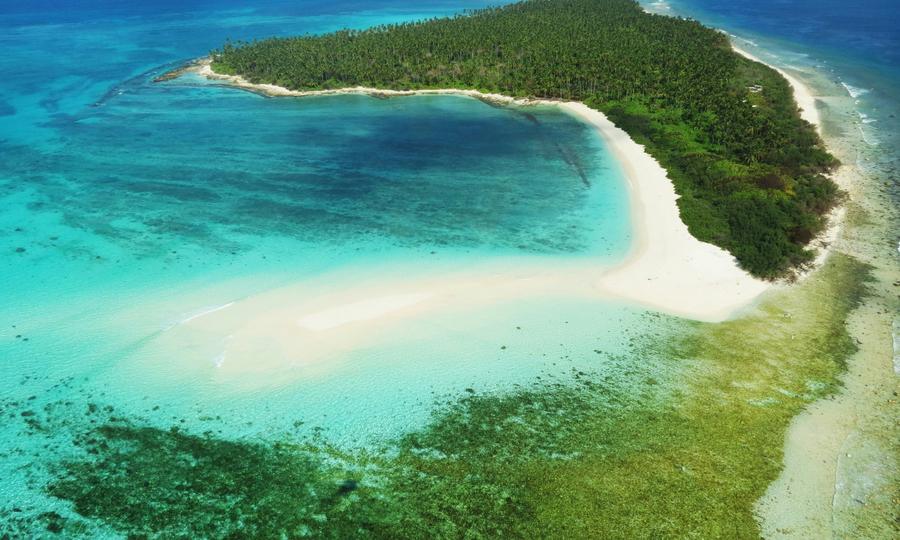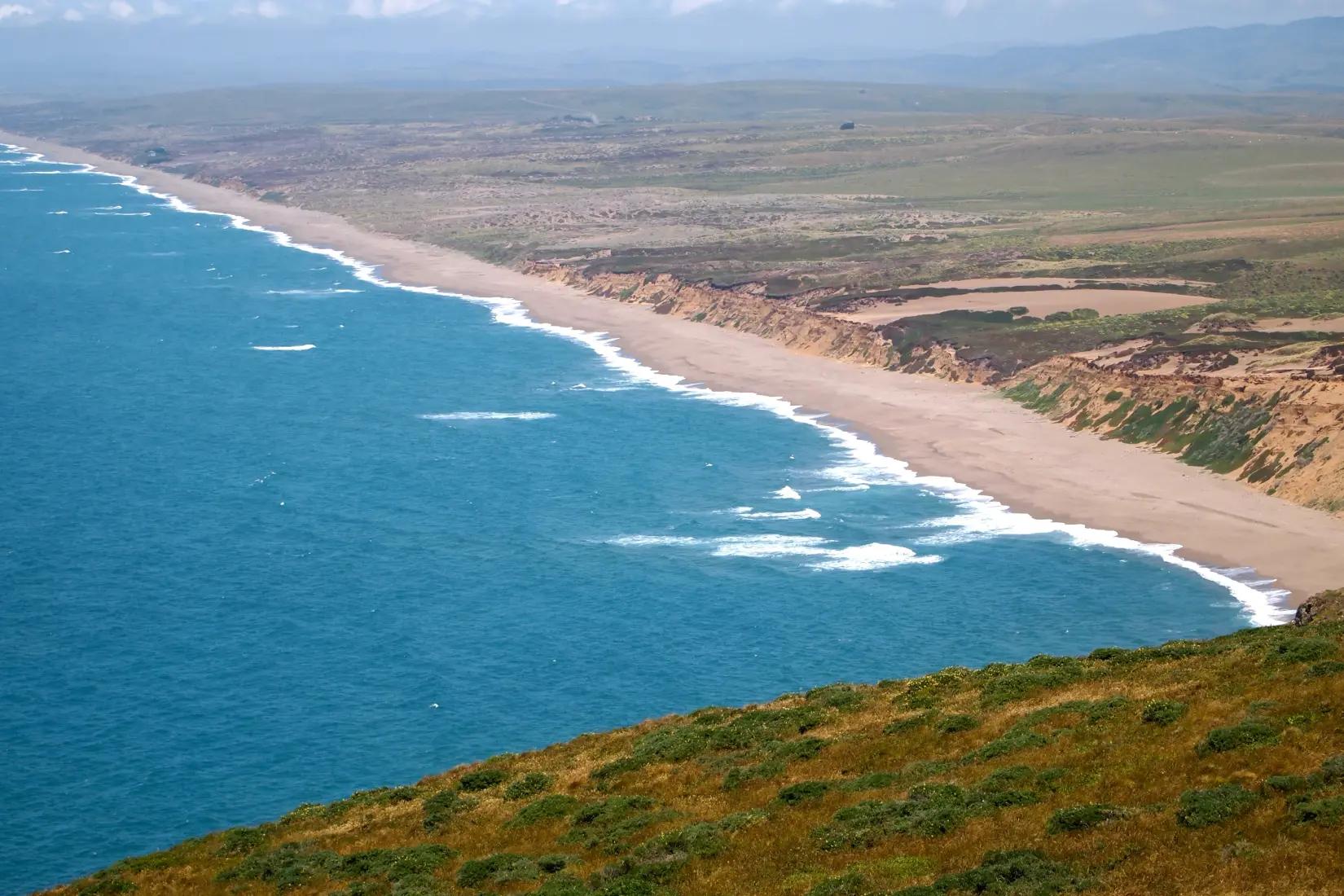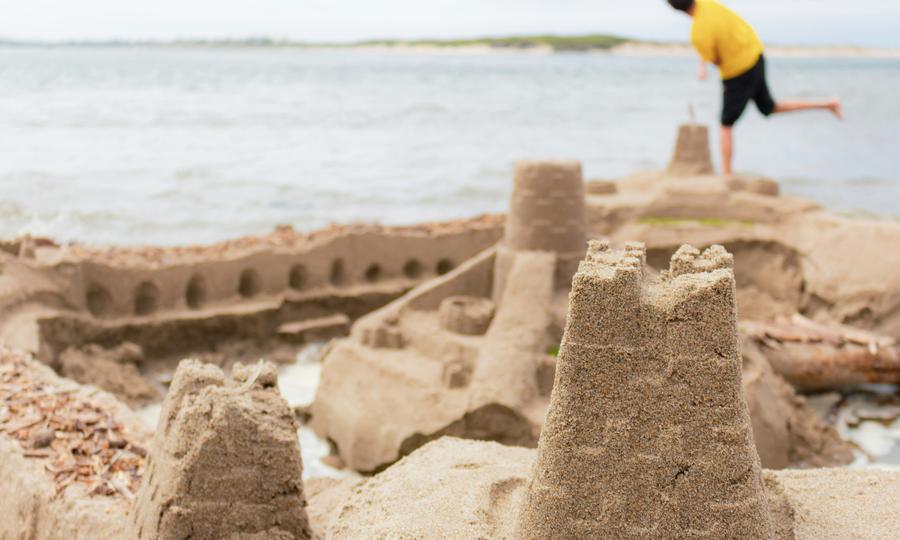If you're visiting California's iconic beaches this season, you might encounter some unusual, vibrant blue creatures washed ashore. These tiny marine organisms, known as Velella Velella, are captivating tourists and locals alike. Often referred to as "by-the-wind sailors," these creatures have recently been appearing in large numbers along the West Coast, including popular beaches in Santa Cruz, Malibu, and Santa Barbara. This phenomenon adds a touch of intrigue to California’s already scenic shores, making your beach visit even more unforgettable.
What Are Velella?
Velella Velella, though often mistaken for jellyfish, are a fascinating marine species that drift across the open ocean’s surface. Characterized by their deep blue, disc-like bodies and transparent sails, these creatures use ocean winds to navigate the seas. The “sail” is the feature that gives them their poetic nickname, as they gracefully drift across the ocean by catching the wind, often ending up on beaches when the wind blows them inland.
Why Are Velella Appearing on California Beaches?
These small marine creatures typically live far out at sea, but during certain weather conditions, particularly strong onshore winds, they are pushed ashore in massive numbers. Their most frequent appearances occur from April to July, with sightings peaking during May and June. Recent reports suggest that these strandings have become more common due to shifting ocean conditions and warmer surface temperatures caused by El Niño events.
Top California Beaches Where You Might Spot Velella
Velella are known to wash up on many of California's famous shores. Some of the best places to catch a glimpse of these beautiful creatures include:
- Santa Cruz Beach Boardwalk: Known for its vibrant coastal culture, Santa Cruz has seen a number of Velella strandings in recent years.
- Malibu Lagoon State Beach: This iconic beach offers both scenic beauty and the chance to witness the blue Velella during their seasonal appearances.
- Santa Barbara's East Beach: A hotspot for marine life, this beach has had several Velella sightings, making it a great spot for curious beachgoers.
- Pismo Beach: Along California's Central Coast, Pismo Beach frequently experiences Velella strandings, creating a spectacular visual contrast between the blue sea and the golden sand.
Are Velella Dangerous?
Fortunately, Velella Velella pose no major threat to humans. However, like many marine organisms, they do carry small stingers on their tentacles that they use to catch plankton. These stingers are not powerful enough to harm humans, but it’s best to avoid touching your face or eyes after handling them. For pet owners, keeping your furry friends away from these creatures is advised, as they could cause mild irritation if ingested.
The Role of Velella in the Marine Ecosystem
Velella are an essential part of the ocean ecosystem. They are carnivores, feeding primarily on plankton and small invertebrate larvae, helping regulate these populations in the ocean. In turn, they are a source of food for marine predators like sea slugs and snails. This unique role underscores the interconnectedness of ocean life, where even the smallest organisms contribute to the health of the marine environment.
When to Expect Velella on the Beach
If you're planning a beach day and hoping to spot these beautiful creatures, your best chance will be in the late spring and early summer. Strong winds following storms tend to push them ashore. Keep an eye on weather forecasts for onshore winds, as this is when Velella sightings are most likely.
A Unique Beach Experience Awaits
California beaches are already famous for their stunning sunsets, surf spots, and pristine sands. The appearance of Velella Velella adds an extra dimension of mystery and wonder to your beach vacation. Not only do they offer an incredible sight, but they also present a great learning opportunity about the ocean’s hidden world. For tourists looking for a more unique, nature-focused beach experience, Velella strandings are yet another reason to visit the Golden State's beautiful coastline.
By adding this seasonal marine event to your California beach itinerary, you'll not only enjoy sun and surf, but you might also encounter one of nature’s most fascinating ocean drifters.
Frequently Asked Questions (FAQs) About Velella on California Beaches
- What are Velella Velella?
- Velella Velella, commonly known as “by-the-wind sailors,” are small marine organisms with a unique translucent sail. They belong to the Cnidaria phylum, which includes jellyfish, but they are not true jellyfish. They drift across the ocean's surface, pushed by winds, and occasionally wash up on beaches.
- Where can I see Velella in California?
- Velella have been spotted on many California beaches, including Santa Cruz, Malibu, Santa Barbara, and Pismo Beach. Their appearances are most frequent from April to July, especially after strong onshore winds.
- Are Velella harmful to humans?
- No, Velella Velella are not dangerous to humans. However, their tentacles can cause mild skin irritation, so it's best to avoid touching your face or eyes after handling them. They are also not harmful to dogs, but it's recommended to keep pets from eating them.
- What causes Velella to wash ashore?
- Velella are carried by ocean currents and winds. When strong onshore winds occur, they are pushed towards the shore and often stranded on the beaches in large numbers.
- Can I pick up Velella from the beach?
- Yes, you can touch Velella as they are harmless, but it’s a good idea to wash your hands afterward. Be mindful of their delicate bodies, as they dry up quickly once out of the water.
- What time of year are Velella most commonly found?
- The peak season to see Velella on California beaches is from April to July, with the highest likelihood of sightings in May and June. They are often spotted during El Niño years when ocean temperatures are higher.
- What do Velella eat?
- Velella are carnivores that feed on plankton and tiny invertebrate larvae. They use their tentacles, equipped with specialized cells, to capture their prey as they drift across the ocean surface.
- How big do Velella get?
- The size of Velella Velella ranges from 1.5 to 3 inches in length. Their sails are typically about half the size of their bodies, standing about 1 inch tall on a 2-inch Velella.
- What is the difference between Velella and Portuguese Man o’ War?
- While both are marine organisms with sails and tentacles, Velella are much smaller and pose no serious threat to humans. The Portuguese Man o’ War, on the other hand, has a painful sting and can be dangerous.
- Why are Velella called "by-the-wind sailors"?
- Velella earned the nickname “by-the-wind sailors” because their small, angled sails allow them to travel vast distances across the ocean, entirely reliant on the wind for movement.
- Do Velella sting?
- Velella have stingers, but they are very mild and generally harmless to humans. Their stings are used to catch prey, such as plankton, and are unlikely to cause more than minor irritation.
- Can Velella survive on the beach?
- No, once Velella are washed ashore, they dry up quickly in the sun. While alive in the water, they float on the surface and are adapted for life in the open ocean.
- What should I do if my dog eats a Velella?
- While Velella are not toxic, they may cause mild gastrointestinal irritation if ingested. If your dog eats one and shows signs of discomfort, it’s best to consult a veterinarian.
- Are Velella a new phenomenon in California?
- Velella have always been a part of the marine ecosystem, but their strandings seem to be more common in recent years due to changing oceanic and climatic conditions, including warmer waters associated with El Niño.
- What other marine life might I see with Velella?
- During Velella strandings, you may also encounter other marine species like sea slugs or snails, which are known to feed on Velella in the ocean.







